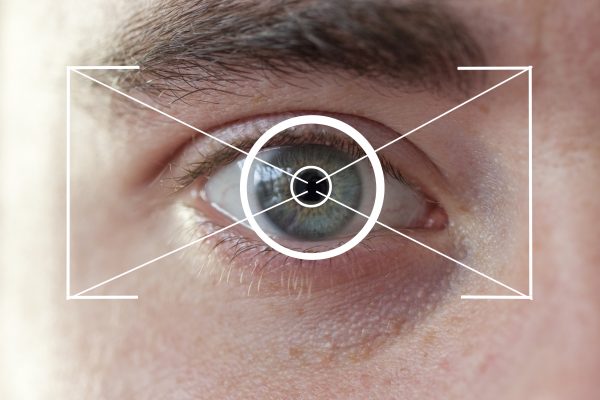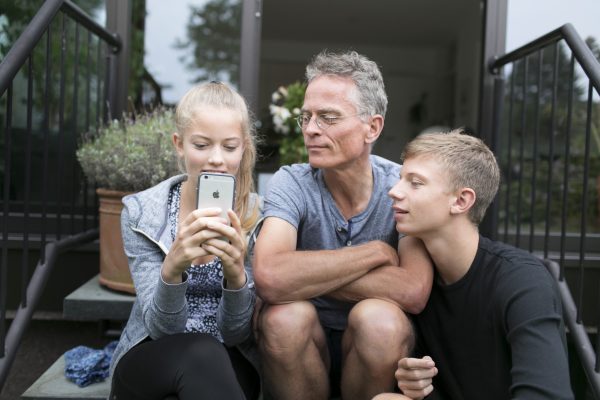
Copyright: photothek.net
Data protection refers to the protection of personal data (e.g. name, date of birth or telephone number) and is a fundamental right in the European Union. Every person has the right to decide what happens to their own data. All companies that use and process such data must ensure data protection. But you should also pay attention yourself, because once information about yourself has been spread on the net, it can be misused.
We are all consumers, which means we buy food and other things, use services such as the hairdresser. Consumer protection is intended to ensure, among other things, that products and services are safe and reasonably priced. In terms of the Internet, consumer protection is also about content. For example, we should be protected from inciting statements in a forum, depictions on a website that are harmful to minors, or unwanted e-mails (spam). If you come across such content despite legal regulations, you should report it. These facilities, among others, are responsible for this:
Youth media protection is the generic term for the protection of underage children and young people from harmful influences through media. There are various institutions that deal with the protection of minors from harmful media. There you can get more detailed information on topics concerning the protection of minors from harmful media and report harmful content:
Not everything that can be seen and experienced in digital media is suitable for children and young people. A lot of content on the Internet is aimed at adults. As a parent, you therefore face the challenge of protecting your child from inappropriate content. Preventing children and young people from this is hardly possible or sensible. Instead of restricting access to digital media, potential risks should be reduced. Finally, there are also many positive sides to digital media. Depictions of violence, pornography, and self-injurious behavior are particularly challenging. Such content can have a frightening effect on children or promote problematic behavior. If your child comes into contact with it, he should be able to share his uncertainty with you.
That is why there is youth media protection, which assesses media content for its potential danger and regulates its public distribution. In this way, influences from the adult world that do not yet correspond to the developmental level of children and young people should be kept to a minimum and their personality development supported. Child and youth media protection measures create safe framework conditions. However, risks can only be minimized in this way, not eliminated. Your children’s safety online is ultimately determined by your media literacy as the ideal basis for effective protection.
Youth media protection helps protect children and young people from inappropriate media content. This film explains how it works.
The meaning of copyright, privacy, data protection and youth media protection are often difficult to understand even for us adults. Therefore, they should always be made an issue. And you as parents can at least sensitize and sharpen a critical eye for very specific challenges as well. What are the consequences of being too open about yourself and sending revealing pictures? Why not download anything illegally? How can sensitive data be protected? What are the rules on the network and why?

© photothek.net
You should also use the many possibilities offered by the media as an opportunity to talk or to try things out and create things together. You will not always agree on this. But that’s not the point either. It is about giving your child the competence to act independently and responsibly, whether in, with or without media!